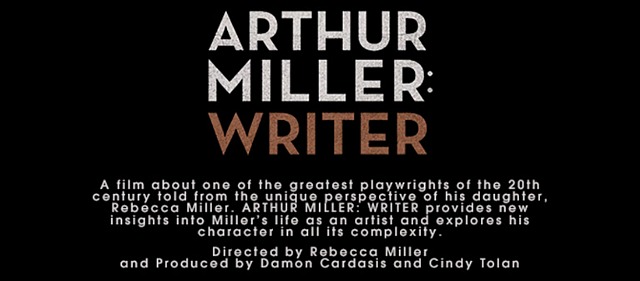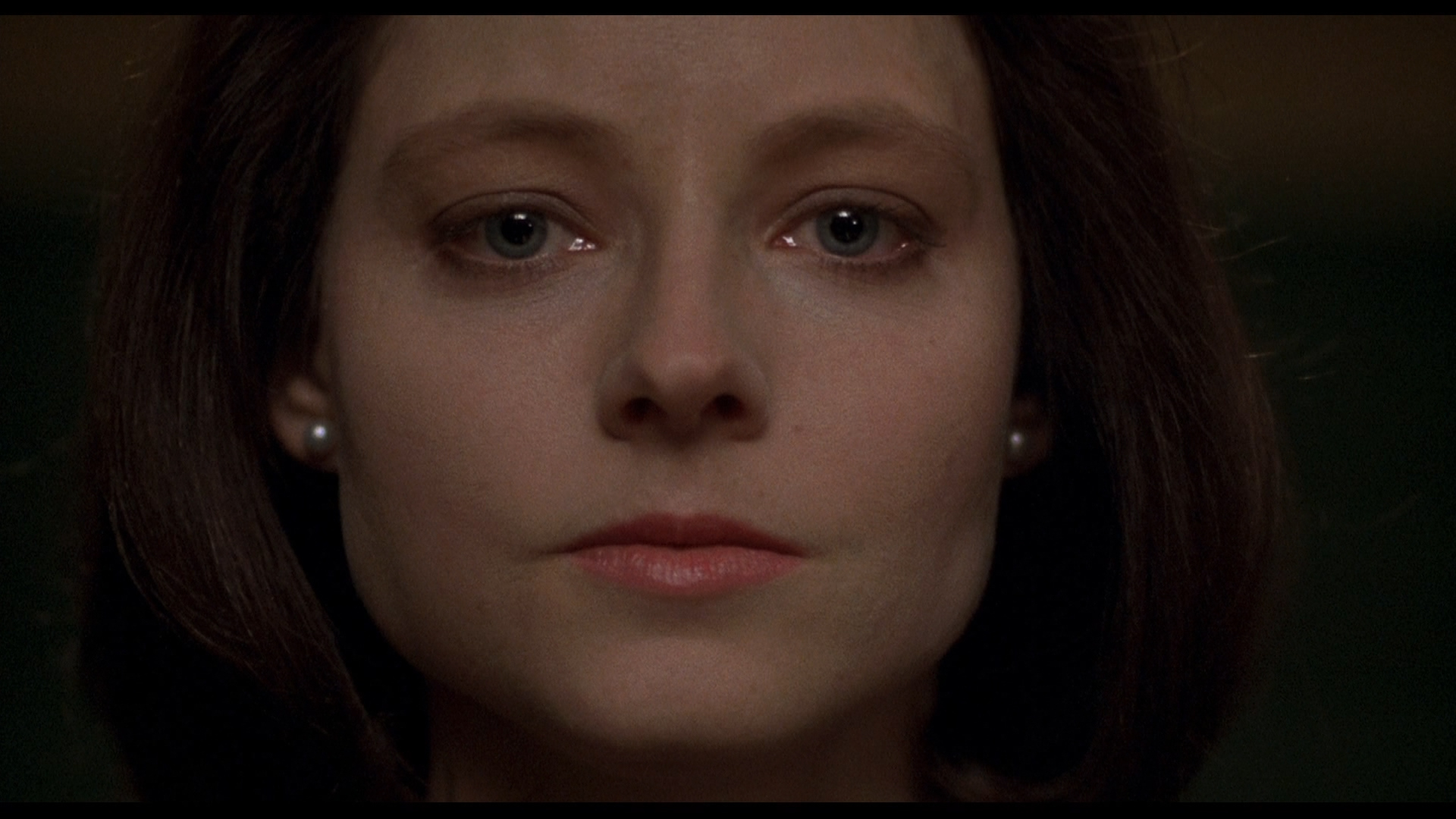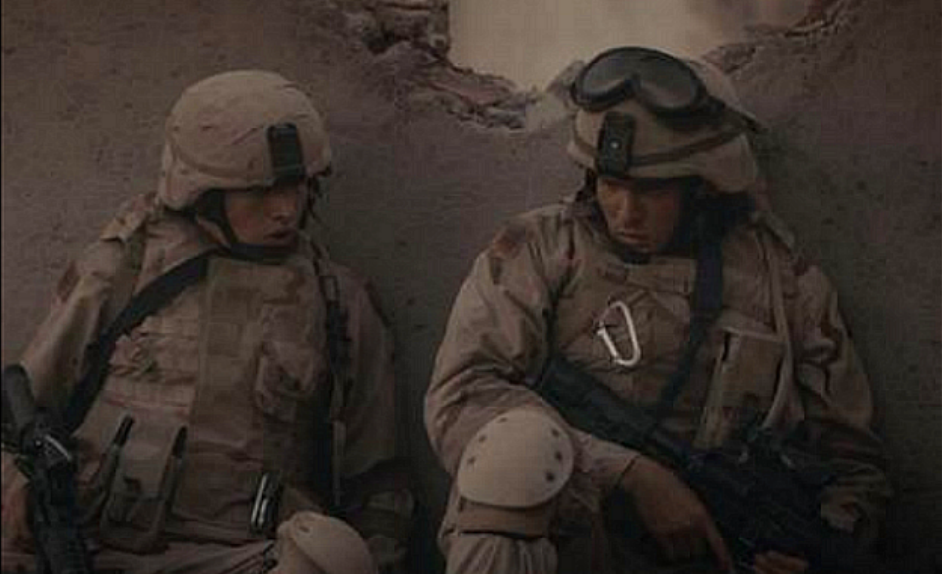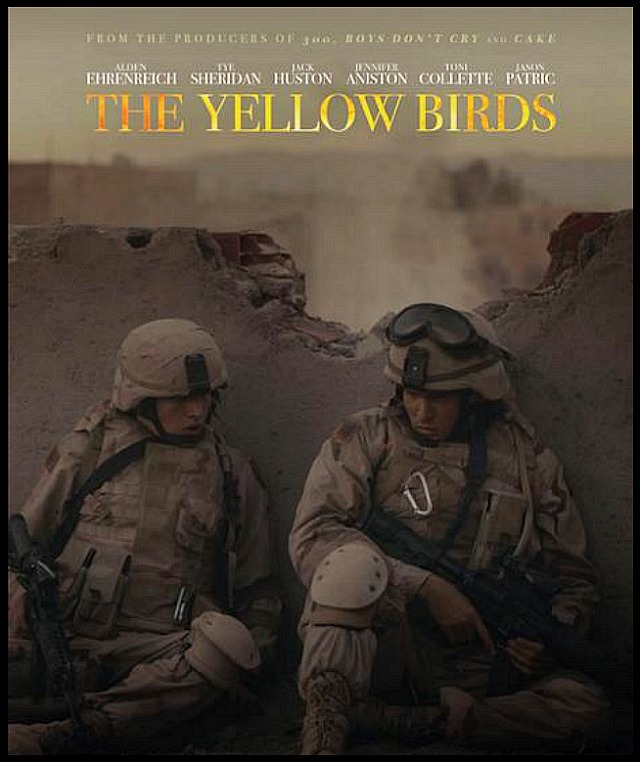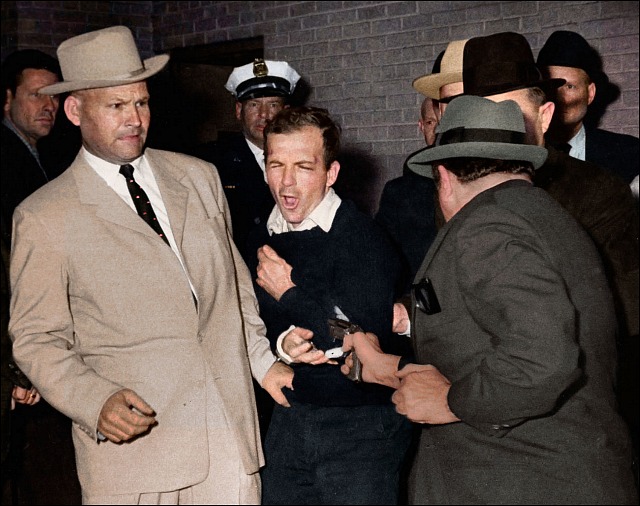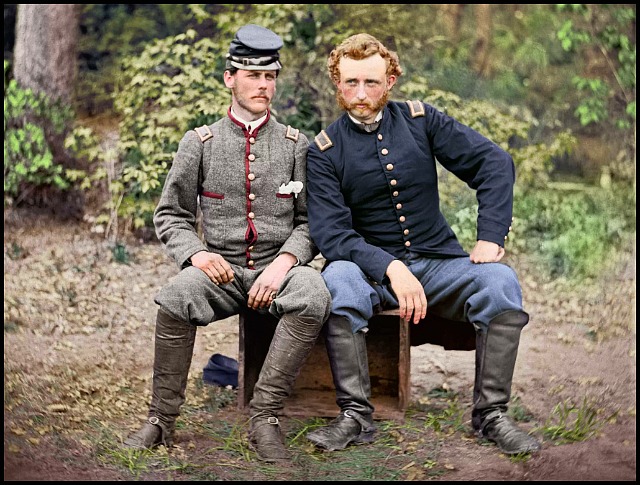This morning Jordan Ruimy sent along a straw poll about the “best current film directors.” Reddit was the principal launch site for the poll. Out of 24,469 votes cast as of 12:45 pm Pacific the highest rated director is…Denis Villeneuve? 1442 votes or 5.88% of the total. Weird. I was under the impression (a) that Blade Runner 2049 is admired but far from universally loved, (b) that some were as annoyed by Arrival as I was, and (c) that many viewers felt that Emily Blunt picking up some strange Latino guy in a bar and bringing him home in Sicario made no sense at all.
Villeneuve is admired — I get that — but there’s a dissenting community out there. Nonetheless Reddit readers have spoken — bow down to the new King Shit.
I’ll allow that Villeneueve is an accomplished, well-respected helmer, but should he really rate higher than (my personal preferences among the straw poll names, numbering 30 or thereabouts but not in this order) Roman Polanski, Michael Haneke, Martin Scorsese, Kathryn Bigelow (despite Detroit), James Cameron, the Coen brothers, Fernando Meirelles, Walter Salles, Tony Gilroy, Pawel Pawlikowksi, David O. Russell, Nuri Bilge Ceylan, Alexander Payne, Alfonso Cuaron, David Fincher, Kenneth Lonergan, Steven Soderbergh, Alejando Gonzalez Inarritu, Guillermo del Toro, Matt Reeves, Bennett Miller, Cristian Mungiu, Darren Aronofsky, Phillip Noyce, Wes Anderson, Steve McQueen, Christopher Nolan, Asghar Farhadi and Cary Fukunaga?

The poll is kind of weird in a few ways. One, why aren’t the names listed alphabetically? Two, where is Call Me By Your Name‘s Luca Guadagnino? (After A Bigger Splash and with everyone waiting with bated breath for his two-and-a half-hour Suspiria remake, it’s derelict to not include him.) Three, if you’re dead you obviously can’t be among the best “current” film directors so why is Abbas Kiarostami included?
My cream-of-the-croppers again, but this time in order of preference:
1. Asghar Farhadi. 2. Luca Guadagnino. 3. Alejando Gonzalez Inarritu. 4. Cristian Mungiu. 5. Darren Aronofsky. 6. Joel and Ethan Coen. 7. David Fincher, 8. Martin Scorsese, 9. Kathryn Bigelow (despite Detroit), 10. Chris Nolan, 11. James Cameron, 12. Alfonso Cuaron, 13. Pawel Pawlikowski, 14. David O. Russell, 15. Nuri Bilge Ceylan, 16. Guillermo del Toro, 17. Matt Reeves, 18. Bennett Miller, 19. Roman Polanski, 20. Michael Haneke, 21. Steve McQueen, 22. Wes Anderson, 23. Steven Soderbergh, 24. Tony Gilroy, 25. Phillip Noyce, 26. Fernando Meirelles, 27. Cary Fukunaga, 28. Kenneth Lonergan, 29. Michael Haneke, 30. Walter Salles.
